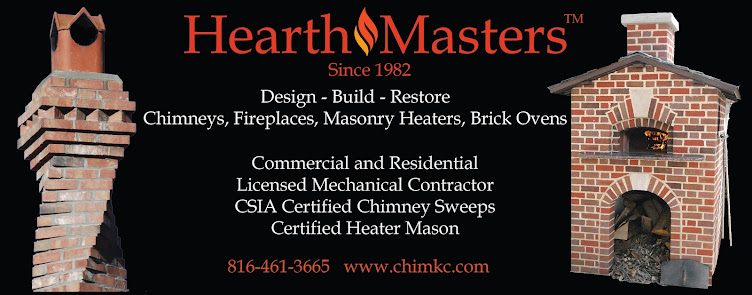Sometimes old things are better than new, like old houses, historic buildings, and castles. The latest trend in home heating fits into that category. Masonry heaters have been around for hundreds of years in Europe, but are just recently catching on in the U.S. And the great thing about heaters is that they are GREEN. People needed to heat their homes in an efficient manner in olden times just as today in order to save their forests. Inefficient open fireplaces took too much of their valuable resources, so another method had to be developed. No one knows who the first mason was who came up with the idea of devising something that would retain heat for long periods of time, then radiate it into the home while using less wood, but whoever he was, he (or she) was a genius.
|
Masonry heaters have been redesigned and
altered over the years, but heaters all have the same characteristics with
complex channels to slow down and trap heat from flue gasses, and a mass of
masonry to retain that heat, then radiate it to the living space over a
period of up to 20 hours. By the time the products of combustion get to the
exit of the flue, the smoke is white, and the particulate emissions are very
low. One load of wood can usually provide heating for the average size home
for 8-12 hours. Compared to even the best high-efficiency wood–burning stoves
on the market today, gas and oil-fired furnaces, and certainly inefficient
open fireplaces, masonry heaters can’t be beat. Service should be completed annually by a professional chimney sweep familiar with masonry heaters, which are unlike any other wood-burning appliance. |
|
|
To see technical specifications and
testing results, photos of heaters, manufacturers, and a list of heater masons,
contact the Masonry Heater Association of North America through www.mha-net.org. There is a chat list set up for anyone interested in
masonry heaters at http://groups.yahoo.com/group/MasonryHeaters.
Marge Padgitt is the author of The Chimney & Hearth Pro’s Resource Book and Wood-Fired Heating and Cooking. She is the president of HearthMasters, Inc. www.hearthmasters.net.

.jpg)





